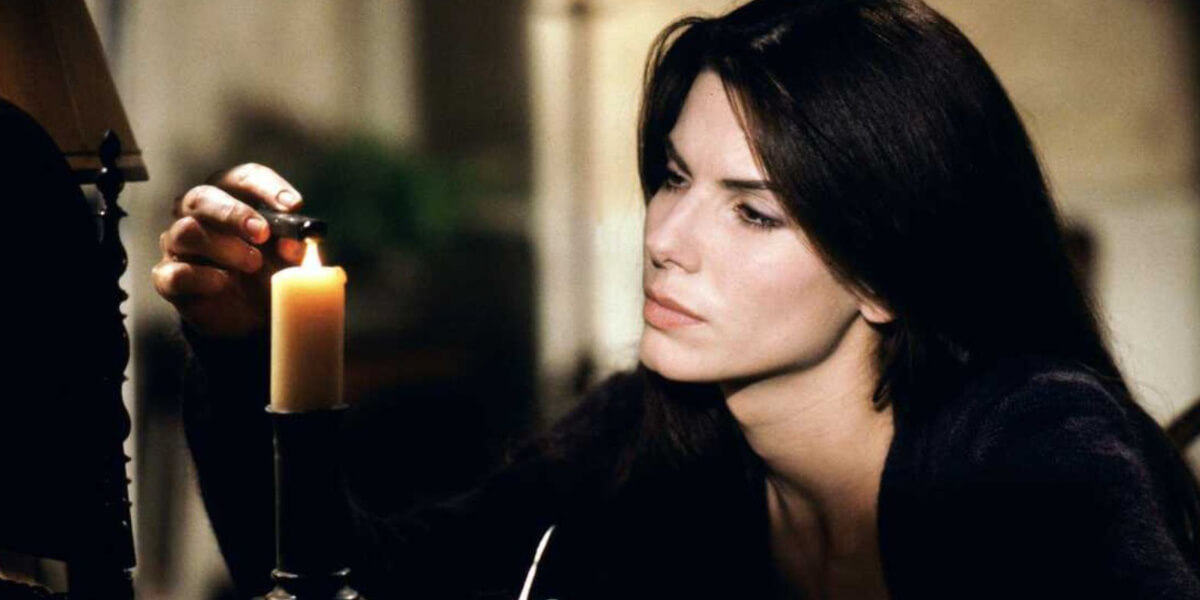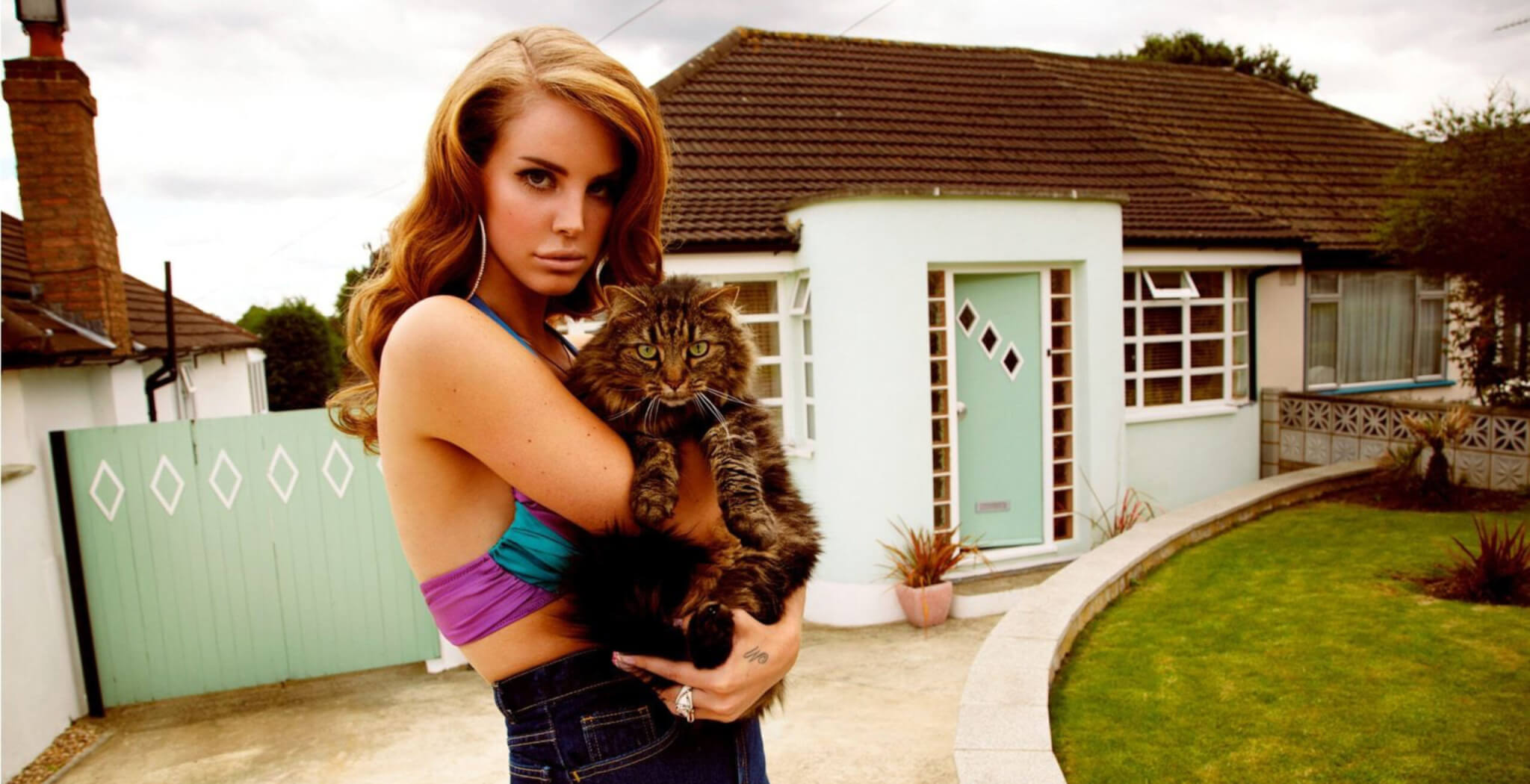With its golden, fallen leaves, chillier winds, and nights that grow longer, Autumn in the Northern Hemisphere has long been associated with death and grief, yet also with the magic and mystery of the otherworldly and the burnished colors of the harvest season.
The holiday we now know as Halloween originates from the Celtic festival of Samhain. Harvest time held substantial significance in agricultural societies, hence the celebration. The coming of harvest season also coincided with the end of summer and the arrival of winter. The Celts believed that this time of transition into the darkness of the colder season was when the borders between our world and the underworld became blurrier.
During the Early Middle Ages, the Catholic Church practiced religious syncretism, which involved incorporating elements from one religious tradition into another. That’s precisely what Pope Gregory III did in 835 when he designated November 1 as a time to honor all saints. The night before that day became known as All Hallows Eve, and from the 1500s on, Halloween. Autumn is also the time when people celebrate All Souls’ Day, the feast traditionally dedicated to the remembrance of the departed, particularly one’s loved ones and family members.
These themes of transition and remembrance resonate profoundly with artists across all media. Filmmakers, too, have captured the essence of Autumn, portraying an interplay of magic, longing, and the cycles of life that mirror nature itself.
Bram Stoker’s Dracula (1992)
Francis Ford Coppola’s hazy, oniric adaptation of Bram Stoker’s 1897 novel is a quintessential Gothic tale of death, the supernatural, love, and the tension between good and evil.
In this film, style isn’t used simply for its own sake. On the contrary, it tells the story through and through. To craft it, Coppola borrowed generously from silent cinema, harnessed the timelessness of on-set or in-camera effects, and placed a strong emphasis on costume, hair, and makeup design.
Thanks to Coppola’s baroque directorial choices and the iconic costumes designed by the late Academy Award-winning Eiko Ishioka, the film is a theatrical, lush, and visually rich take on the Irish classic novel that has greatly influenced Gothic cinema.
The film centers on the titular character, the vampire Count Dracula, and his centuries-long quest to reunite with the reincarnation of Dracula’s long-dead wife, Elisabeta. A deadly desire that will have him leaving a trail of blood in his wake in an artificial-looking, theatrical, Klimt-esque London where love and its aftermath became a matter of life and death.
Petite Maman (2021)
Screenwriter and film director Céline Sciamma has focused her body of work on the female experience and the female gaze. Her latest feature film, ‘Petite Maman’, is no exception. In no more than 72 minutes, Sciamma constructs a story that is at once a touching, realistic exploration of grief in childhood, a charming science-fiction tale about the illusion of time, and a modern fairytale of familiar bonds set in the French woodland during Autumn.
The protagonist is Nelly, a little girl who is grieving the loss of her beloved grandmother, along with her mother, Marion. One day, as she meanders through the woods around her mother’s childhood home, Nelly meets a girl who looks just like her and carries a familiar name. Through their subsequent meetings, Sciamma untangles the complexities of mother-daughter connections and our relationship with death and time.
Practical Magic (1998)
Directed by Griffin Dunne and adapted from the 1995 novel of the same name by Alice Hoffman, Practical Magic has managed in the almost thirty years since its release to become a somewhat unexpected cult classic.
It follows the lives of two sisters, Gillian and Sally Owens, who descend from a long line of witches, as they grapple with the effects of a deadly curse placed on their bloodline by their ancestor Maria and navigate grief, death, hardship, love, and familial relationships.
It’s a mashup of genres that, on paper, shouldn’t work together, ranging from supernatural fantasy to crime procedural, and that, by all means, sometimes leaves the viewer feeling disoriented. Still, its charm isn’t the result of mere nostalgia. Set on a Massachusetts island in the 90s, this film has one of the most recognizable set designs of the decade and a timeless, laughably fitting soundtrack that includes the original song “If You Ever Did Believe” by Fleetwood Mac singer Stevie Nicks. No wonder this film still evokes the feeling of Autumn in so many people.
ALONERS, 혼자 사는 사람들 (2021)
In her directorial feature debut, Hong Sung-eun employs a subtle, understated ghost story to explore grief and urban solitude. In the wake of her mother’s passing, much like a ghost herself, the protagonist Jina, played by Gong Seung-yeon (Six Flying Dragons, The Master of Revenge), spends her days detached from those around her in a silent state of constant distraction.
She sleeps, eats, and moves through a grey Seoul alone, alienating herself by watching mukbang videos and k-dramas on her phone and spying on the happenings at her childhood home through a security camera. The Kafkaesque death of her neighbor triggers Jina’s gradual, painful journey of reconnection with herself and others in a film that delicately portrays death, loss, and the possibility of healing in this digital era of disconnection.
Autumn Sonata, Höstsonaten (1978)
In many ways, Ingmar Bergman’s Autumn Sonata resembles a chamber music piece. A small ensemble of actors, helmed by two titans of Scandinavian cinema—Ingrid Bergman in her final film role and the director’s recurring lead, Liv Ullmann—play their parts in the close confines of a rural home during Autumn.
There, Ingmar Bergman set the brief visit of world-renowned pianist Charlotte to her daughter, Eva, against the ever-present colors of the harvest. Death and grief are the leitmotifs of a film that sharply, yet heartfully, depicts the thorniness and intricacies of the parental-filial relationship.
Bergman, ever the clever screenwriter, stated it plainly in the film’s iconic piano scene. “Chopin was emotional, Eva, not sentimental. There is a chasm between emotion and sentimentality. The prelude you played speaks of suppressed emotion, not reveries. You have to be calm, clear, and austere.” It’s precisely this stylistic restraint that allows the director to carry out his intense, intimate investigations of the human psyche all across his oeuvre, an exploration that in Autumn Sonata uncovers the pain of the unsaid and the inescapability of grief.




























